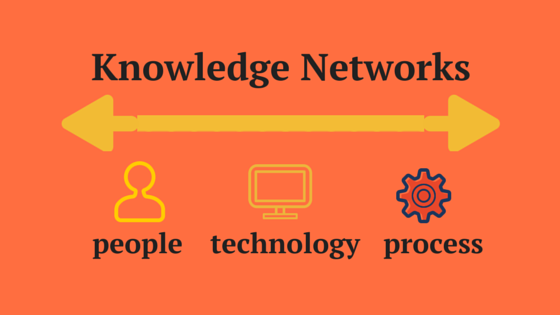Knowledge networks are essential frameworks that leverage broadband connectivity to enhance education and foster innovation. By facilitating access to information, resources, and collaborative opportunities, these networks play a critical role in shaping the future of learning and development. This guide explores how broadband supports knowledge networks and their impact on education and innovation.
The Role of Broadband in Knowledge Networks

1. Enhanced Resource Access
Broadband connectivity provides users with immediate access to a wealth of online resources, crucial for effective knowledge networks:
- E-Learning Platforms: Websites like Coursera and edX offer courses from top universities, allowing learners to acquire new skills and knowledge.
- Digital Libraries: Access to vast collections of academic papers, journals, and books supports research and study.
2. Improved Communication and Collaboration
Knowledge networks thrive on effective communication facilitated by broadband:
- Virtual Classrooms: Tools such as Zoom and Microsoft Teams enable real-time interaction, making remote learning possible.
- Collaborative Tools: Platforms like Google Workspace allow students and educators to work together on projects, enhancing teamwork and creativity.
Fostering Innovation through Knowledge Networks
1. Accelerated Research and Development
Broadband supports innovation by connecting researchers and institutions, leading to faster advancements:
- Collaborative Research: Researchers can share data and findings instantly, fostering a culture of collaboration and discovery.
- Access to Funding Opportunities: Knowledge networks can connect innovators with potential investors and grants through online platforms.
2. Encouraging Entrepreneurship
Broadband-powered knowledge networks stimulate entrepreneurship by providing essential resources:
- Online Business Resources: Entrepreneurs can access tutorials, webinars, and mentorship programs to develop their skills and business acumen.
- Market Research: High-speed internet enables quick access to market trends and consumer insights, aiding informed decision-making.
Bridging the Digital Divide
1. Ensuring Equitable Access
To maximize the benefits of knowledge networks, addressing disparities in broadband access is crucial:
- Community Initiatives: Programs aimed at providing broadband access to underserved areas help bridge the digital divide.
- Public-Private Partnerships: Collaborations between governments and private companies can enhance infrastructure and expand reach.
2. Training and Support
Equipping individuals with the skills to effectively use broadband is essential for successful knowledge networks:
- Digital Literacy Programs: Training initiatives help users navigate online resources and tools effectively.
- Technical Support: Ongoing assistance ensures that users can fully utilize the capabilities of broadband in knowledge networks.
Case Studies of Successful Knowledge Networks
1. Online Learning Platforms
Platforms like Khan Academy exemplify how knowledge networks can democratize education. By providing free access to high-quality courses, these networks allow learners from diverse backgrounds to acquire knowledge and skills.
2. Innovation Hubs
Innovation hubs, such as tech incubators, utilize broadband to foster collaboration among startups. These networks provide resources, mentorship, and networking opportunities, driving innovation within local communities.
Future Trends in Knowledge Networks and Broadband
1. 5G Technology
The rollout of 5G technology promises to enhance knowledge networks significantly:
- Increased Connectivity: 5G will enable more devices to connect simultaneously, supporting the growing demand for online learning and collaboration.
- Enhanced Applications: Emerging technologies like augmented reality (AR) and virtual reality (VR) will become more accessible, transforming educational experiences.
2. Artificial Intelligence (AI)
AI can optimize the use of broadband in knowledge networks:
- Personalized Learning: AI-driven platforms can analyze student performance and tailor educational content to meet individual needs.
- Smart Resource Allocation: AI can help institutions manage bandwidth and resources more efficiently, ensuring optimal performance.
Conclusion
Knowledge networks powered by broadband connectivity are essential for enhancing education and fostering innovation. By improving access to resources, facilitating communication, and encouraging collaboration, these networks can transform the learning landscape and drive progress.
To fully realize the benefits of knowledge networks, it is crucial to address access disparities, provide digital literacy training, and embrace emerging technologies. As we move forward, the integration of inca broadband into educational and innovative frameworks will play a pivotal role in shaping a more connected and informed society.

